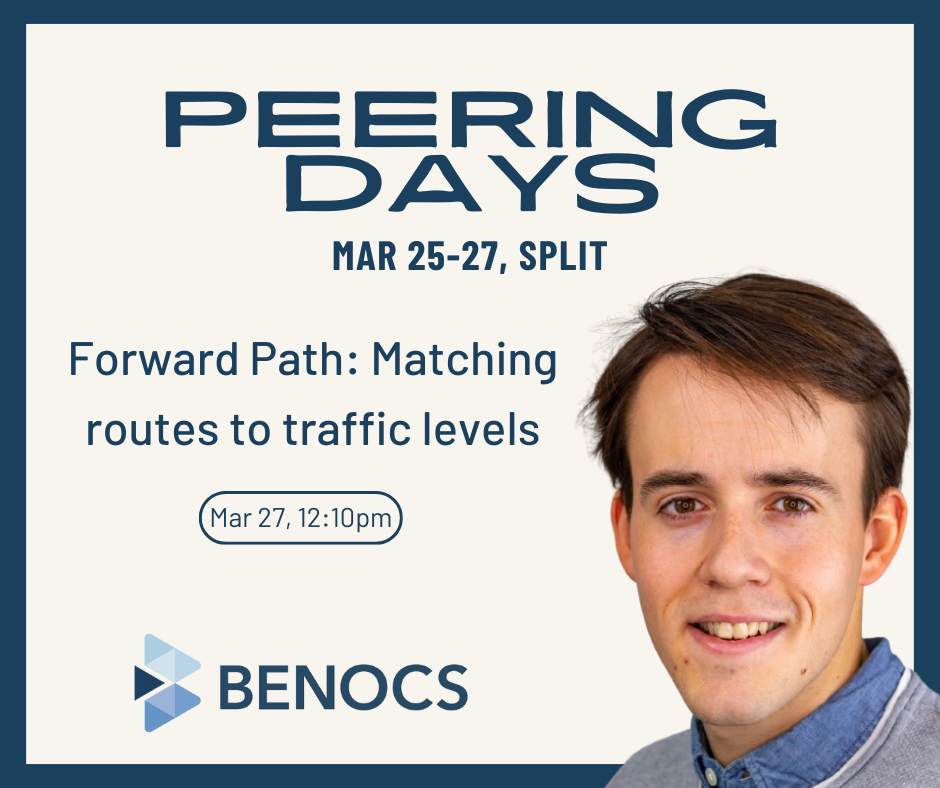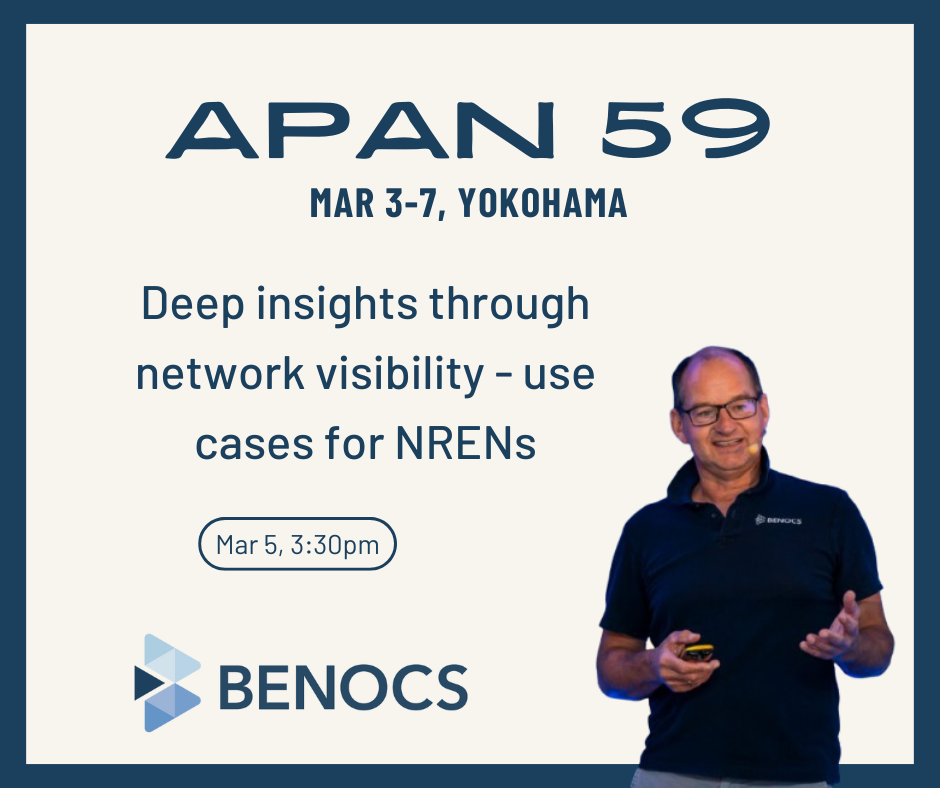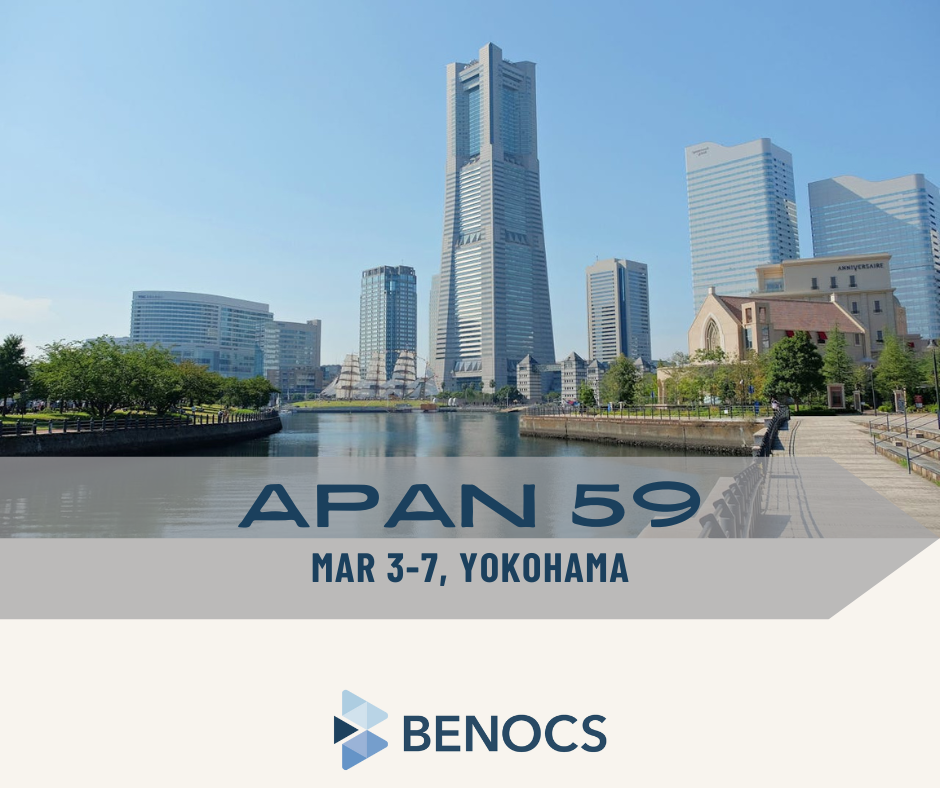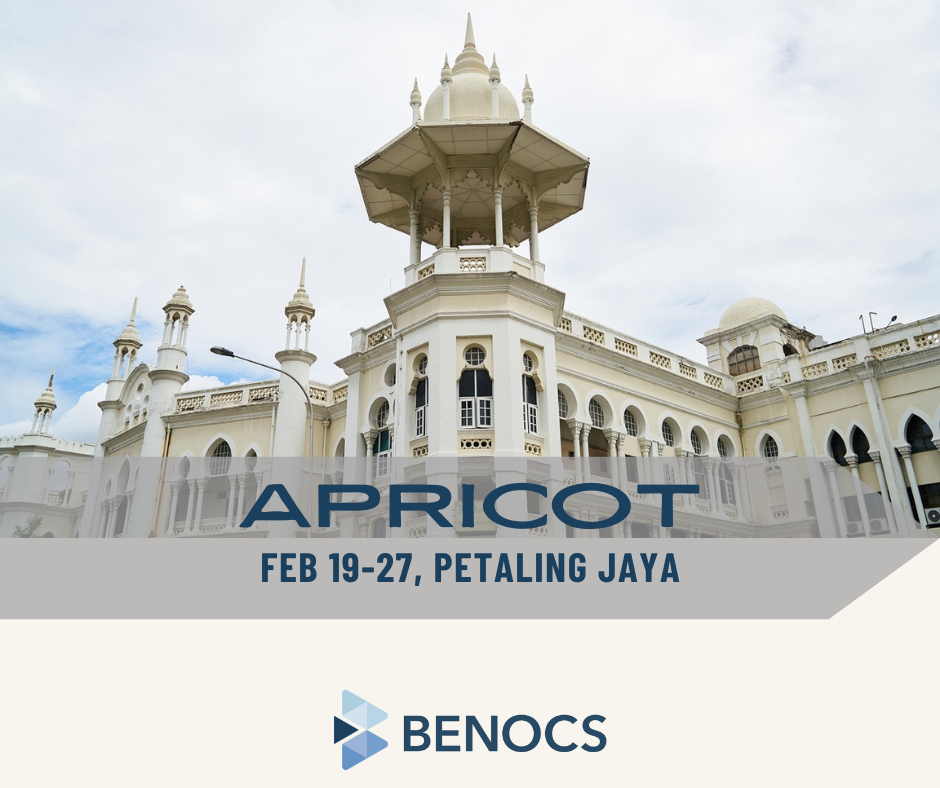ICYMI: Péter György is heading over to Croatia to attend Peering Days 2025 next week. While there he will present “Forward Path: Matching routes to traffic levels” on Thursday, March 27, just before the lunch break at 12:10pm.
Be sure to check it and all the other presentations out! https://lnkd.in/d99t-ffZ









